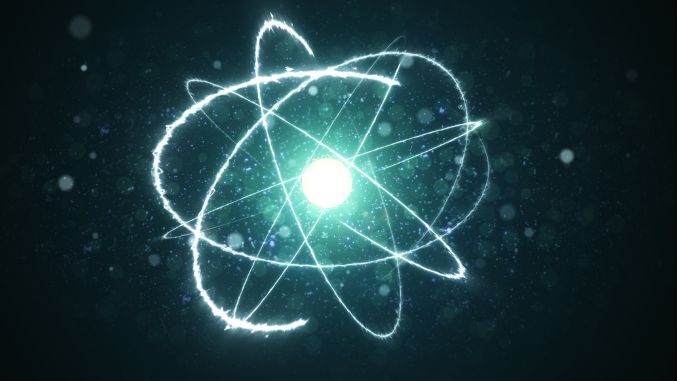Reducing the risks of nuclear war—The role of health professionals
DOI:
https://doi.org/10.17305/bb.2023.9533Keywords:
Editorial, nuclear war risks, health professionals role in nuclear risk, nuclear risk and healthAbstract
In January, 2023, the Science and Security Board of the Bulletin of the Atomic Scientists moved the hands of the Doomsday Clock forward to 90s before midnight, reflecting the growing risk of nuclear war. In August, 2022, the UN Secretary-General António Guterres warned that the world is now in “a time of nuclear danger not seen since the height of the Cold War.” The danger has been underlined by growing tensions between many nuclear armed states.
Read more in the PDF...
Citations
Downloads

Downloads
Additional Files
Published
License
Copyright (c) 2023 Kamran Abbasi, Parveen Ali, Virginia Barbour, Kirsten Bibbins-Domingo, Marcel GM Olde Rikkert, Andy Haines, Ira Helfand, Richard Horton, Robert Mash, Arun Mitra, Carlos Monteiro, Elena N. Naumova, Eric J. Rubin, Tilman Ruff, Peush Sahni, James Tumwine, Paul Yonga, Chris Zielinski

This work is licensed under a Creative Commons Attribution 4.0 International License.









